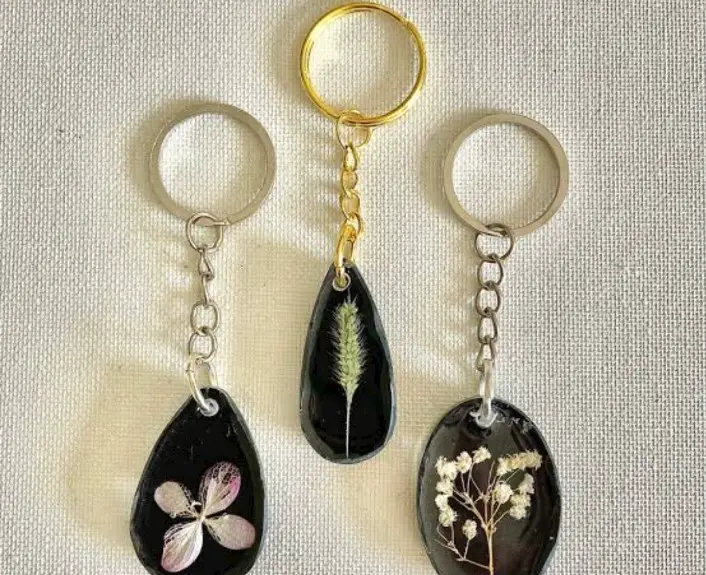Table of Contents
ToggleIntroduction:
Hair Color Methods: The attraction of dyeing one’s hair is evident, offering a transformational experience that reflects personal style, trends, and self-expression. However, in the pursuit of vibrant hues, a crucial question arises: How many times can you safely dye your hair without damaging its health and strength? Hair dyeing methods are unraveled in this comprehensive guide, encompassing a variety of options and exploring the optimal frequency for using hair colors. From temporary tints to permanent transformations, knowing the science behind hair color enables people to be aware of beneficial routines that will help them take on a coat full of colors without damaging their locks.
Understanding Hair Color Methods:
Temporary Hair Color:
Temporary methods of coloring hair include rinses, sprays, and foams that cover the outer cuticle or surface layer on the strand. They are perfect for people who want a temporary change without having to go through an overall permanent color makeover. The color lasts only a few washes, leaving short-term methods of coloring hair an experimental and risk-free solution.
Semi-Permanent Hair Color:
Semi-permanent hair color penetrates the cuticle and deposits the pigment into the cortex without affecting natural pigments. Although it persists longer than the temporary solutions (often fading over a few weeks), its ease appeals to those for whom such would prefer an option somewhat long-lasting but reversible without committing permanently.
Demi-Permanent Hair Color:
A demi-permanent color is an intermediate option between semi and permanent counterparts. It is low in ammonia or has an alkaline ingredient which enables it to penetrate the hair shaft slightly further and remain longer than semi-permanent colour. Demi-permanent color gradually disappears over several weeks, making it a compromise between duration and freedom.
Permanent Hair Color:
Permanent hair color is a chemical consisting of hydrogen peroxide and ammonia, which chemically turns the natural pigment in the hair. This permits a substantial color change that persists until hair regeneration takes place. The permanent color would suit people who want the transformation to last longer but more care and time are needed for maintenance.
Safe Frequency of Hair Dyeing:
The safe frequency of hair dye application is determined by several factors such as the kind of chemical used, health condition, and quality care for your general hair. Here are essential considerations for determining a safe hair dyeing frequency:
Hair Health:
Hair condition is very important in predicting how often you can safely dye your hair. However, if your hair is already damaged from frequent dyeing can make it worse with dryness and breakage. Prioritize the health of your hair by regularly using nourishing masks along with conditioners, and keep heat stylings at minimum to retain its strength.
Type of Hair Dye:
Hair dye comes in different forms, each with a uniquely designed impact on hair health. However, temporary and semi-permanent dyes are much safer compared to permanent ones. On the other hand, if you go for permanent color dyeing, space out applications to reduce structural changes in your hair
Root Touch-Ups vs. Full Color:
If your hair color is consistent without any changes, you may only need some root touch-ups for newly grown strands. This targeted approach minimizes the effect of frequent application, enabling you to renew color without subjecting your whole hair shaft to dye.
Professional vs. At-Home Dyeing:
Professional salons also use high-quality products and treatments that are less damaging. If you prefer at-home dyes, select reliable brands and obey instructions to prevent over-dyeing all the hairs while causing damage.
Hair Porosity:
The porosity of your hair determines its ability to absorb and retain moisture, hence how it reacts with dye. For example, low-porous hair may require prolonged processing time while highly porous hair absorbs color faster. Having your porosity can enable you to determine the frequency at which it should be dyed.
Tips for Safe and Healthy Hair Dyeing:
Prioritize Hair Care:
Invest in a restorative hair care program that incorporates periodic deep conditioning treatments, moisturizing shampoos, and protective styling. What makes healthy hair much stronger to any possible reactions of dyeing?
Limit Heat Styling:
While overuse of heat styling may contribute to hair damage, the combination with dyeing is even worse. Limit the use of heat styling tools and apply some protectant products when you style to prevent hair damage.
Choose Quality Products:
Select better hair dye products that focus on proper hair health. Look for formulations with conditioners and avoid products that have elements of chemical ingredients stripping the hair away from its natural oils.
Schedule Professional Consultations:
In case you’re not certain about how to treat your hair, try and consult a professional hairstylist. They can assess the condition of your hair, select proper products, and decide on an adequate schedule for dyeing.
Use Color-Enhancing Treatments:
If you are not coloring your hair, consider using products that contain pigment-protective treatments or shampoos specifically formulated for preservation and restoration of the tone in your tresses. Such products can delay one’s death.
n dying.
Conclusion:
Having said that, if you decide to embark on the journey of hair color transformations, understanding how these methods work is a precondition for having healthy and shining locks. Given your choice between short-lived experimentation and long-lasting transformation, the safe frequency with which you can dye hair depends on its condition as well as the type of dyes and general rules for it. By using healthy hair practices, choosing the right products, and customizing your routine to each shade that covers all manners of hues one can use different colors without compromising on anything. Finding that perfect blend of creativity and caution is the essence of scenic hair a colorful rainbow experience with enough traction to last.




